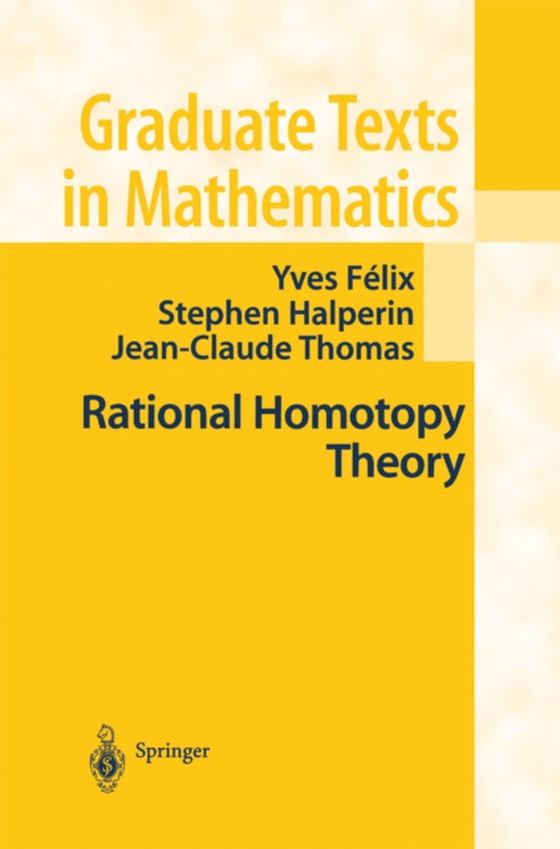
Rational Homotopy Theory e-bog
820,11 DKK
(ekskl. moms 656,09 DKK)
as well as by the list of open problems in the final section of this monograph. The computational power of rational homotopy theory is due to the discovery by Quillen [135] and by Sullivan [144] of an explicit algebraic formulation. In each case the rational homotopy type of a topological space is the same as the isomorphism class of its algebraic model and the rational homotopy type of a conti...
E-bog
820,11 DKK
Forlag
Springer
Udgivet
6 december 2012
Genrer
PBPD
Sprog
English
Format
pdf
Beskyttelse
LCP
ISBN
9781461301059
as well as by the list of open problems in the final section of this monograph. The computational power of rational homotopy theory is due to the discovery by Quillen [135] and by Sullivan [144] of an explicit algebraic formulation. In each case the rational homotopy type of a topological space is the same as the isomorphism class of its algebraic model and the rational homotopy type of a continuous map is the same as the algebraic homotopy class of the correspond- ing morphism between models. These models make the rational homology and homotopy of a space transparent. They also (in principle, always, and in prac- tice, sometimes) enable the calculation of other homotopy invariants such as the cup product in cohomology, the Whitehead product in homotopy and rational Lusternik-Schnirelmann category. In its initial phase research in rational homotopy theory focused on the identi- of these models. These included fication of rational homotopy invariants in terms the homotopy Lie algebra (the translation of the Whitehead product to the homo- topy groups of the loop space OX under the isomorphism 11'+1 (X) ~ 1I.(OX LS category and cone length. Since then, however, work has concentrated on the properties of these in- variants, and has uncovered some truly remarkable, and previously unsuspected phenomena. For example * If X is an n-dimensional simply connected finite CW complex, then either its rational homotopy groups vanish in degrees 2': 2n, or else they grow exponentially.
 Dansk
Dansk

